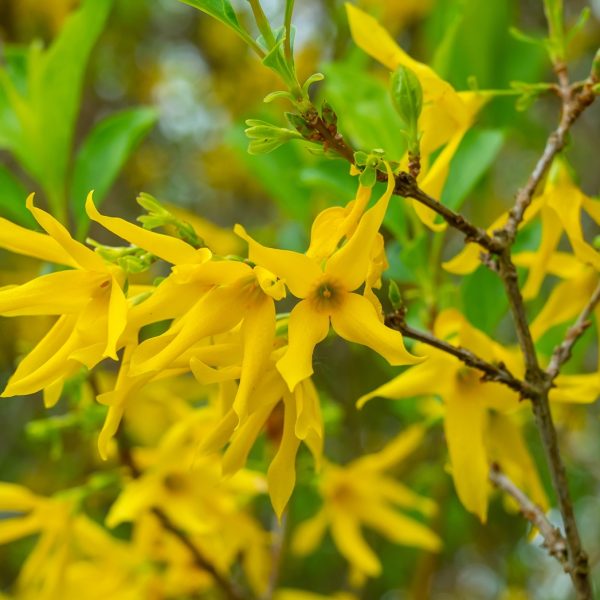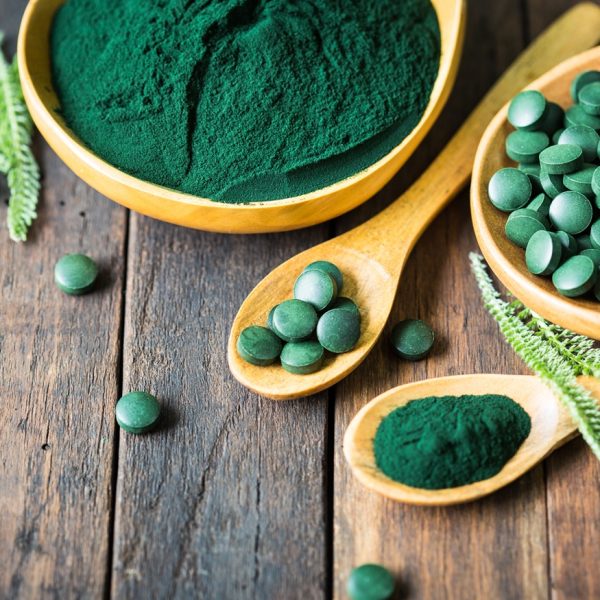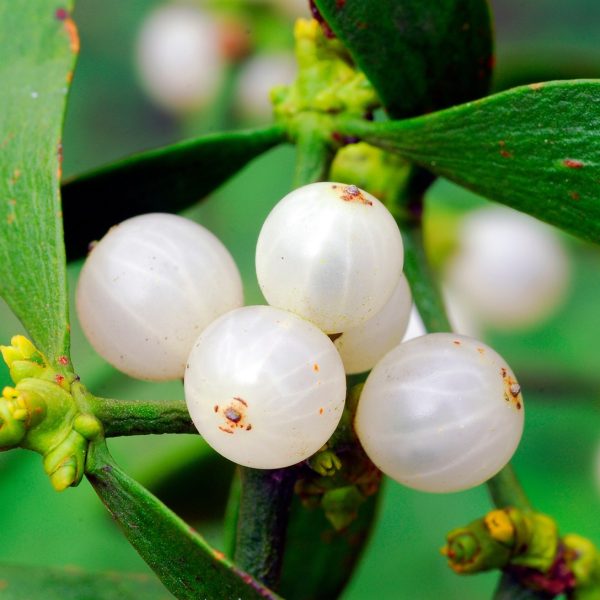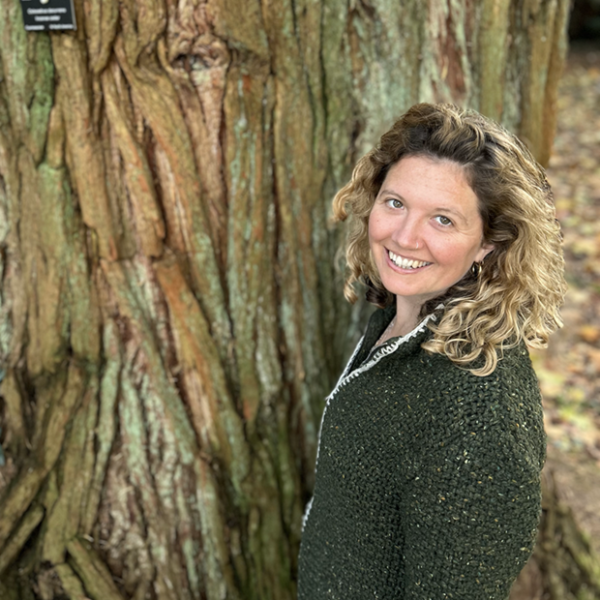In Autumn, fungi emerge and can be harvested and made into medicine. This dual extraction medicinal mushroom tincture recipe offers a full spectrum preparation to be used therapeutically.
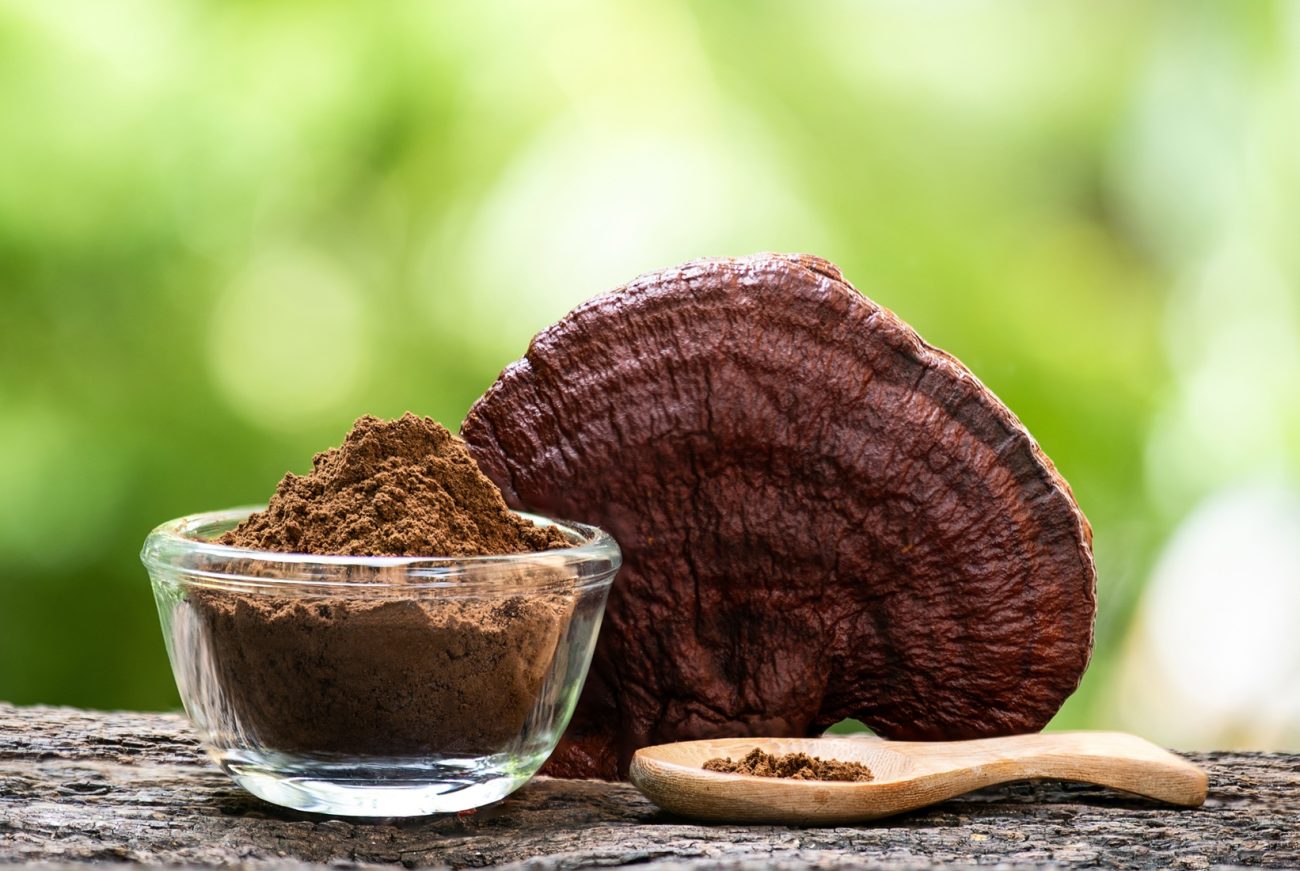
1 hour prep time | Makes 1 litre | Intermediate
The autumnal season is one of harvest and abundance, including that of native medicinal mushrooms. There are several species of mushroom with therapeutic qualities that grow wild in the UK and across the northern hemisphere throughout the autumn and winter.
This dual extraction mushroom tincture recipe is a simple preparation that is applicable for all species, including the well known medicinal mushrooms reishi (Ganoderma lucidum), turkey tail (Trametes versicolor) or lion’s mane (Hericium erinaceus), whether they have been harvested from the wild, or purchased from a reputable supplier.
A dual extraction ensures the full spectrum of medicinal compounds will be present in the final preparation — the water extracts the polysaccharides (beta glucans), whilst the alcohol extracts the triterpenoids, sterols and phenolic compounds (1). Across species, medicinal mushrooms have a breadth of medicinal applications including for immunity, cardiovascular health, gut health and neurological function (1,2).
Ingredients of mushroom tincture
- 250 g powdered or finely chopped medicinal mushrooms
- 500 ml of 45% vodka or organic food grade ethanol
- 500 ml filtered water
Equipment
- Two 1.5 l kilner jars
- Muslin
- Funnel
- Amber storage bottles
How to make a mushroom tincture
- Place the 250 g dried mushrooms in the glass jar and cover with 500 ml alcohol, ensuring all plant material is submerged.
- Seal the jar and leave in a cool, dark place to macerate for four weeks. Stir the mixture regularly and top up with more alcohol if necessary.
- Strain the mixture through muslin. This can be repeated a couple of times for a clearer mixture with fewer particles.
- Reserve the strained alcohol extract and the mushroom marc for the following steps.
- Place the strained mushroom marc into a saucepan along with a litre of water. If there is extra dried mushroom material, it can be added in this step to make a stronger decoction.
- Simmer gently for 2–3 hours, making sure the mixture does not boil.
- The mixture should reduce down to roughly 500 ml.
- Strain and allow the decoction to cool.
- Combine both the alcohol extract (500 ml) and the decoction (500 ml) to make a litre of 1:2 22.5% alcohol.
- To ensure the shelf life and stability, add a further 125 ml of alcohol to bring the finished mixture to 25%.
- Pour the finished mixture into amber glass jars, label and store in a cool dark place.
For dosage, see our individual mushroom monographs for suggested daily quantities and to check for any associated cautions and contraindications before consumption.




Medicinal benefits of fungi
Reishi

Reishi (Ganoderma lucidum) is a well renowned mushroom has been used in China for thousands of years to promote health and longevity. Reishi has broad spectrum benefits for immunological, cardiovascular and nervous system conditions. It has a neuroprotective action and helps to reduce the risk of neurodegenerative diseases; as well as being an immunomodulator, reishi helps to support allergies and reduce inflammation (2).
Turkey tail
Turkey tail (Trametes versicolor) is a powerful immunomodulator whose actions are attributed to the presence of polysaccharide-krestin (PSK) and polysaccharide-peptide (PSP). It has wide ranging actions on the immune system, helping to fight viral and bacterial infections including human papillomavirus (HPV) and Herpes simplex virus (HSV) (3). Turkey tail is used as an adjunct therapy in cancer treatment in Japan as a result of its immune supportive effects (2).
Lion’s mane
Lion’s mane (Hericium erinaceus) is used to support the brain and nervous system. It has been shown to increase the production of nerve growth factor (NGF), helping to stimulate the production of nerve cells (2). It helps to stimulate the process of myelination, which is key in the transmission of electrical nerve impulses. It is a neuroprotective which helps to support cognitive function and reduce the risk of neurodegenerative diseases (4).
How to store tincture
This tincture should keep for up to a year and half if it’s kept in a cool place out of direct sunlight. It should be checked regularly for signs of mould or decay and discarded if any is found.
FAQs
Can you use fresh mushrooms for this tincture recipe?
In order to ensure the correct water and alcohol content of the alcohol extraction, and ensure shelf life, it is best to use dried mushrooms. Freshly picked or foraged mushrooms can be dried in a dehydrator or on a low heat in the oven then powdered in a nutribullet.
What alternative species can you use for mushroom tincture?
This recipe can be used for all species of medicinal mushroom. If you have multiple different species of mushroom, you can also combine all of them to make a mixed mushroom dual extraction tincture. Safety note: If you are foraging for medicinal mushrooms, it is essential to ensure correct identification of the mushroom before tincturing.
Can you use whole mushrooms for tincture?
This recipe is most effective when the mushrooms are in the smallest possible particle size giving a larger surface area for extraction. This can be done by chopping very finely, or using a blender to create a powder.

